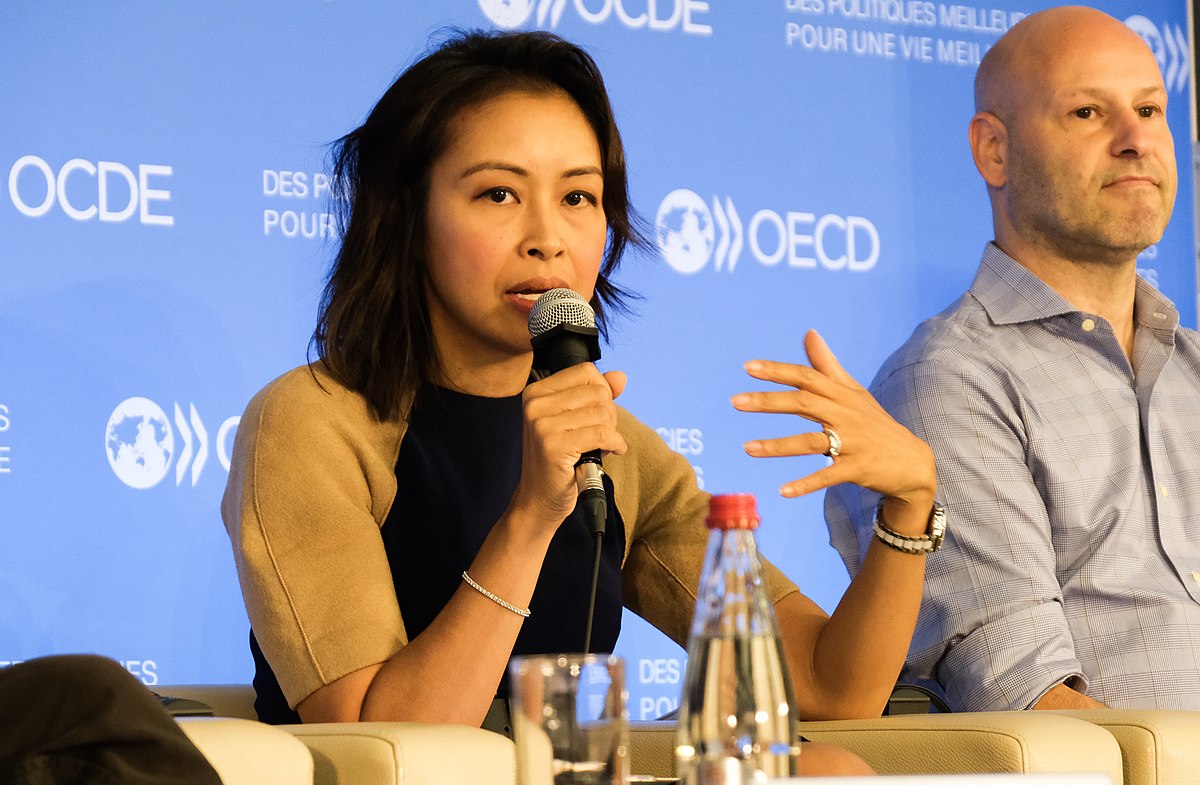
SIGWATCH helps the OECD improve its engagement with civil society, identifying the NGOs it should be targeting and the topics it should be communicating on.
BACKGROUND
The OECD (Organisation for Economic Co-operation and Development) is a leading intergovernmental organisation with 38 member countries. Its mission is to stimulate economic progress and world trade by helping governments design “better policies for better lives”. Since its inception in 1961, OECD has been a catalyst for change in many aspects of public policy, in areas as diverse as
health, education, taxation, and climate change. As of 2017, OECD member states collectively comprised 62.2% of global nominal GDP (US$49.6 trillion) and 42.8% of global GDP (US$54.2 trillion) at purchasing power parity.
BUSINESS REQUIREMENT
In 2019, when an audit identified that it needed to increase its civil society engagement, OECD decided to invest in SIGWATCH monitoring to support its efforts. Today, SIGWATCH data is used primarily by OCED’s Impact and Intelligence team, part of the Public Affairs and Communications Directorate, to inform its civil society outreach.
SOLUTION AT A GLANCE
The Impact and Intelligence Team (Impact and Intelligence) uses SIGWATCH, in conjunction with social media listening, to identify the NGOs it should be targeting with its communications and the topics it should be focusing on. It shares the resulting insights with internal stakeholders, including the campaigns and the stakeholder engagement teams, to support their work.
SOLUTION IN ACTION
The OECD is careful to ensure that its messages reach the right audiences. When preparing to launch a new campaign or promote a new report or event, it routinely consults SIGWATCH data to see which NGOs are most vocal on certain themes and refines its engagement targets accordingly.
Whilst the OECD has an extensive database of prominent NGO contacts, for its fifth Climate Lecture – a lecture given by the Secretary-General every two years – it also wanted to share the content and engage with grassroots and youth activists such as Fridays for Future. Using SIGWATCH, Impact and Intelligence was able to identify the most relevant NGOs, enabling the stakeholder engagement team to expand its usual target list.
SIGWATCH data also shows what NGOs are saying – either about a specific topic or the OECD itself. So, when the campaigns team was developing its latest Future of Work content, Impact and Intelligence produced a report to help it understand the most talked-about themes and subthemes to include. More recently, it used SIGWATCH to track NGO sentiment regarding the newly appointed Secretary-General; some of the policies he made in his former role as Australian Finance Minister attracted criticism from environmental NGOs. It has now submitted a report on its findings to the Secretary General’s office with a recommendation on proactive outreach.
RESULTS
Identifying and demonstrating risk
Sebastian Derveeuw, an Impact and Intelligence Consultant at OECD, says that SIGWATCH monitoring is an integral part of his team’s work. “We want to know what NGOs are doing and SIGWATCH provides an all-round view,” he explains. He says SIGWATCH is a “vital communications intelligence tool” that supports the OECD’s outreach in several ways:
The right targets
SIGWATCH helps OECD understand the civil society landscape and identify the most prominent NGOs on a given topic, helping to ensure that its communications are targeted at the right influencers and thought leaders.
The right focus
SIGWATCH also helps OECD assess NGOs’ sentiments towards the organisation, identifying areas where it needs to focus its engagement or highlighting topical issues it should be communicating on. Sebastian says that SIGWATCH offers a unique angle that isn’t provided by social media tracking.
“With social listening, we’re limited to knowing what people are saying only about OECD. With SIGWATCH, we see not
only what is being said about us, but also what is being said about everyone else.”
What our clients say
What our
clients say
“In our experience, SIGWATCH is one of the few sources of ESG data we can absolutely trust to be reliable.”
“Our company is based in Japan. Most employees are Japanese and we don’t really know what is happening around the world. SIGWATCH gives us visibility of the global ESG issues and trends we need to have on our radar.”
“With SIGWATCH, we’re able to absorb NGO data in an awesome way that
simply wouldn’t be possible otherwise. We can hear the NGOs’ voice, to better
strategize and get ahead of trending issues.”
“With social listening, we’re limited to knowing what people are saying only about OECD. With SIGWATCH, we see not only what is being said about us, but also what is being said about everyone else.”
“A lot is said and written about sustainability and ESG every day but no one,
apart from SIGWATCH, provides the big picture, SIGWATCH offers a comprehensive overview of what’s happening in the corporate sustainability
world rather than just a narrow snapshot.”
“SIGWATCH is a good source to show that NGOs are watching us and watching our clients, and we definitely need to be aware of the issues they are bringing up.”

